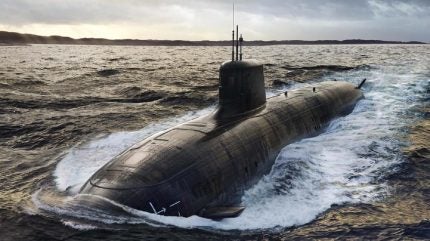
The White House has officially issued authorisation for the future sale of nuclear material, contained in welded power units, to Australia under the auspices of the trilateral AUKUS alliance.
In a letter to the Speaker of the House of Representatives and President of the Senate detailing the new ‘Agreement’ on 7 August 2024, US President Joe Biden urged Congress to give it “favourable consideration.”
The newfound agreement will extend the existing exhange of naval nuclear information among the three partners, enshrined in the original treaty, signed in November 2021, to the transfer of nuclear material.
This nuclear material will enable the Royal Australia Navy to operate its own naval nuclear propulsion plants for its own future conventionally armed nuclear-powered submarines – the primary objective of the Pillar I commitment.
Biden’s presidential approval is just one of several conditions affecting the implementation of an agreement, and procedures for Congress to consider and approve the agreement.
Next, Congress has the opportunity to review the nuclear cooperation agreement for 60 days of continuous session. Similarly, in this period, the committees are to hold hearings on the proposed agreement and submit a report to their respective bodies recommending whether it should be approved or disapproved.
Optimal pathway ahead
An ‘optimal pathway’ was laid out in a joint statement on 13 March 2023. AUKUS nations determined that the future SSN (nuclear-powered attack submarine) programme would be based on the UK’s next-generation design.
The statement added that the submarines would be built in the UK and Australia, with work to begin by 2030, with a view to entering service towards the end of the 2030s (UK) and the early 2040s (Australia).
In the interim, the US will sell Australia three Virginia-class SSN, with potential for the sale of a further two. The UK and Australia will both operate the SSN-AUKUS as their conventionally armed attack submarine, equipped for intelligence, surveillance, undersea warfare and strike missions.
Royal Australian Navy graduates
So far RAN officers and sailors alike have participated in a range of UK Royal Navy and US Navy training programmes that qualify them to operate a naval nuclear propulsion plant.
The first cadre of Australians graduated from the US Navy’s Nuclear Power Training Unit in Charleston, South Carolina on 12 January 2024.
Likewise, Australian personnel have also served onboard British and American SSNs. Following their British naval nuclear training, three Australian officers were assigned to Royal Navy Astute-class submarines in July.



